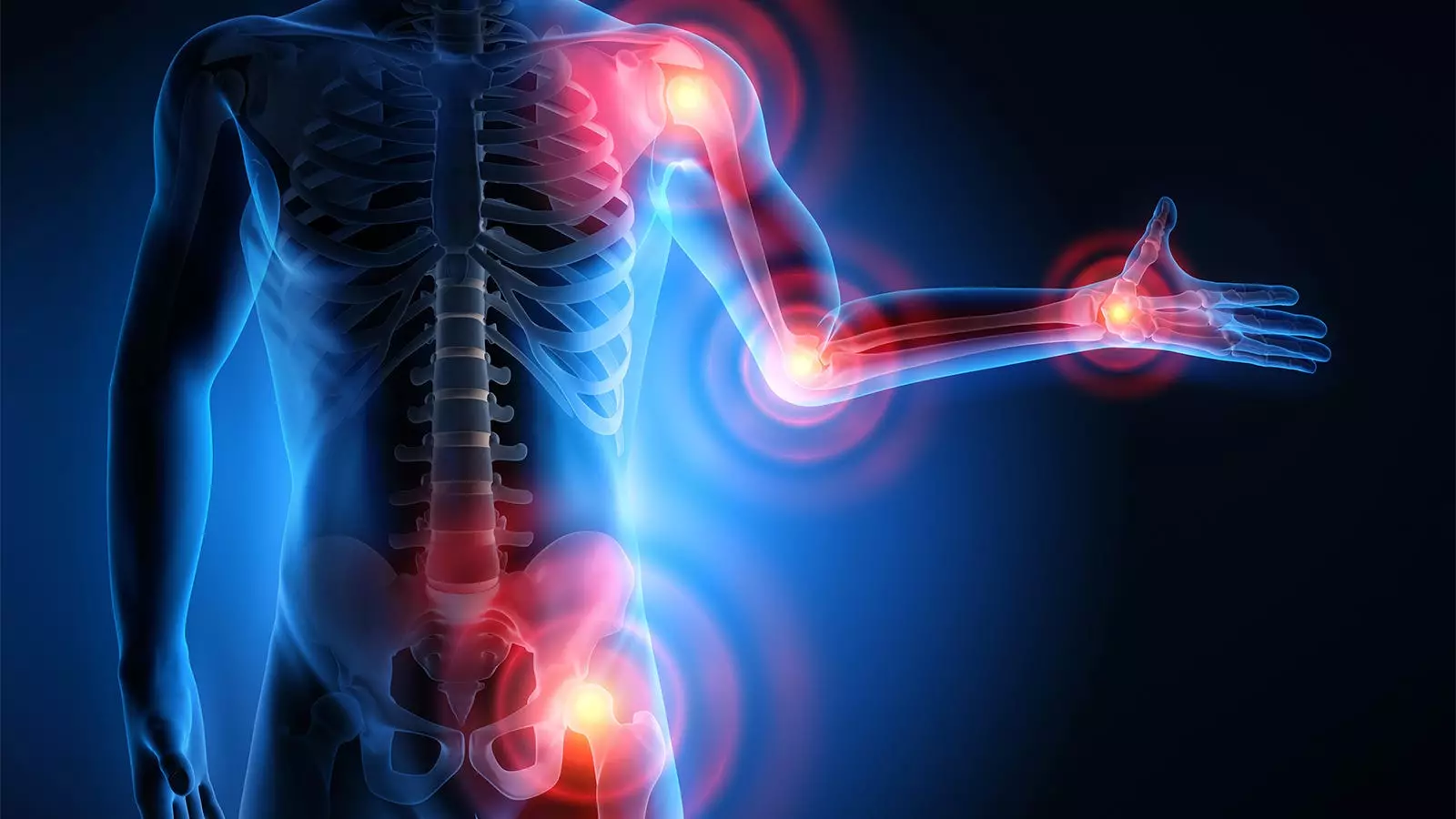Chronic pain has emerged as a pressing public health concern across the United States, with recent data revealing alarming trends that underscore its prevalence and the demographic disparities associated with it. A study from the centers for Disease Control and Prevention (CDC) highlights that in 2023, nearly one in four adults grappled with chronic pain, fundamentally reshaping our understanding of health challenges in the U.S.
The Landscape of Chronic Pain in America
According to the findings shared by CDC analysts Jacqueline Lucas and Inderbir Sohi, approximately 24.3% of U.S. adults reported experiencing chronic pain lasting three months or more. Additionally, a significant subset—8.5%—was affected by high-impact chronic pain, which is severe enough to hinder their daily activities. This data is drawn from the 2023 National Health Interview Survey (NHIS), an annual study that tracks various health indicators and trends among American adults.
The statistics indicate a prominent gender disparity, with women exhibiting a higher incidence of both chronic pain and high-impact chronic pain compared to men. Specifically, 25.4% of women reported chronic pain versus 23.2% of men. Moreover, the likelihood of experiencing chronic pain escalates with age, ranging from 12.3% among adults under 30 to a staggering 36.0% within the 65-and-over age bracket. This age-based stratification reveals the urgent need for targeted interventions among older populations who are increasingly vulnerable to debilitating conditions.
The data also sheds light on the significantly higher prevalence of chronic pain among American Indian and Alaska Native adults, whose reported rates of chronic pain stood at 30.7%, with high-impact chronic pain affecting 12.7%. This stark contrast raises critical questions about access to healthcare, cultural differences in perceptions of pain, and the availability of supportive resources tailored to these communities.
Geographic location likewise plays a role in chronic pain prevalence. The survey found that regions classified as nonmetropolitan had a notably higher rate (31.4%) of chronic pain compared to their metropolitan counterparts (20.5%). High-impact chronic pain reflected similar patterns, with 11.5% in nonmetropolitan areas against 7.3% in urban centers. These findings point to potential systemic barriers, such as limited healthcare facilities and resources, that might hinder effective pain management and treatment options in rural settings.
Chronic pain is not merely a physical ailment but is intricately linked with broader issues such as mental health, quality of life, and healthcare utilization. Lucas and Sohi emphasize that chronic pain is a prominent reason for seeking medical care, often resulting in diminished quality of life and increased factors such as opioid misuse, anxiety, and depression. The pervasive nature of chronic pain underscores the need for comprehensive approaches that not only address the physical aspects but also provide mental health support and resources.
To define chronic pain, researchers relied on participants’ responses indicating pain frequency on “most days” or “every day” over the prior three months. High-impact chronic pain was explicitly linked to the degree to which pain impeded everyday activities. This distinction accentuates the varying experiences of pain and its impact on life, particularly in discerning the more profound effects of chronic pain on individuals’ daily functioning and mental health.
Moving Forward: Strategies for Pain Management
With chronic pain affecting such a significant portion of the adult population, there is a pressing need for improved methods of prevention, management, and treatment. As the data illustrates the differences in pain prevalence across demographics, healthcare providers must develop tailored interventions that address these disparities.
The findings from the CDC’s 2023 survey necessitate a renewed focus on chronic pain as a critical health issue. By understanding the demographics most affected and the multifaceted nature of chronic pain, we can pave the way for more effective policies, healthcare practices, and support systems aimed at improving the quality of life for those living with chronic pain across the United States.

